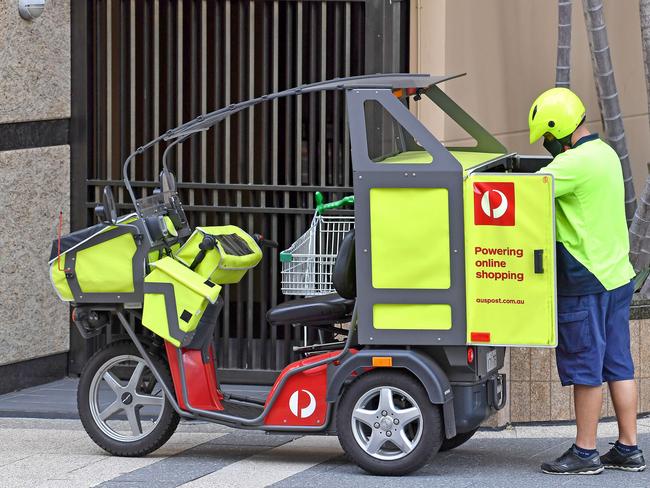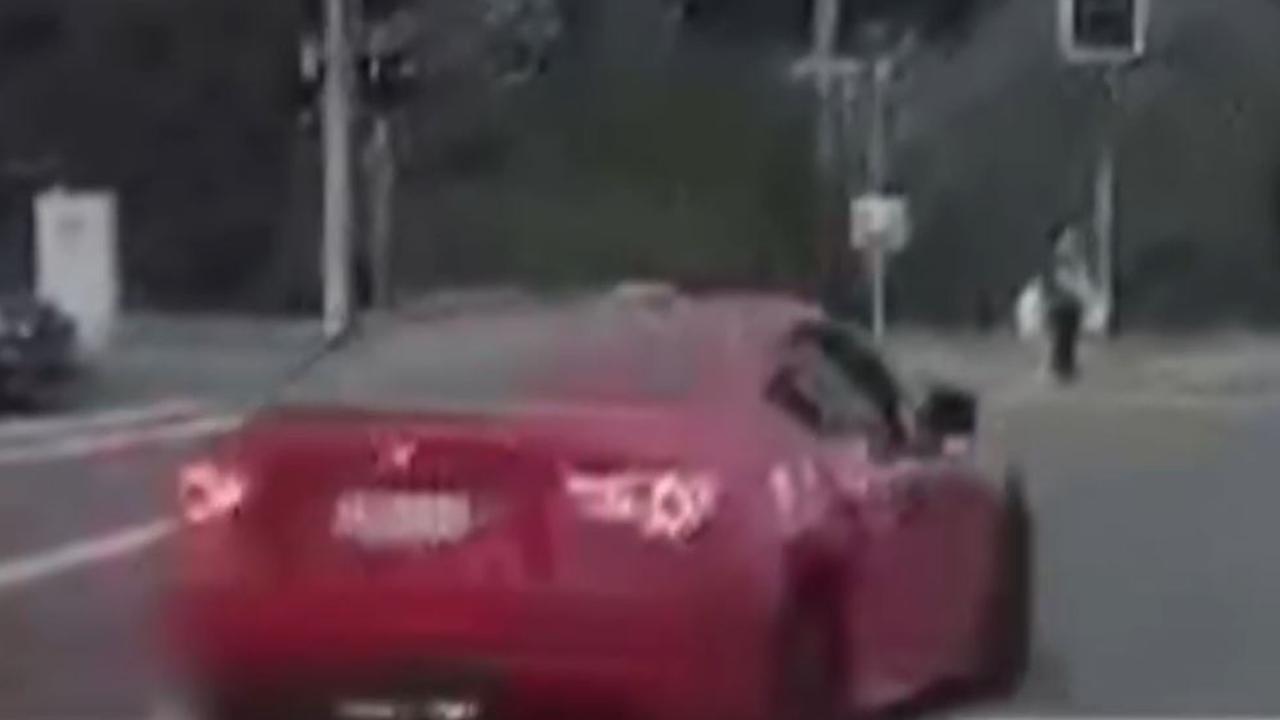Electric vehicles to phase-out Auspost motorbikes amid serious safety issues
A disturbing trend has forced the national postal service to change the way it delivers mail, with a complete overhaul now underway.

On the Road
Don't miss out on the headlines from On the Road. Followed categories will be added to My News.
Australia Post will wave goodbye to traditional postie motorbikes as a disturbing trend has forced the service to change the way it delivers mail.
From 2025, electric delivery vehicles (eDVs) will completely replace Auspost’s motorbike fleet.
The three-wheeled, golf cart lookalikes can carry more than 100 small parcels and up to 1200 letters.
Auspost said the change was spurred by the high level of danger posed by motorbike deliveries.
“The area that has the most accidents that result in harm to our people is definitely our motorbike fleet,” Auspost safety manager Rod Maule told a parliamentary inquiry on Tuesday.
“If you get hit by a vehicle, it's much more survival in an eDV because of the protective cocoon that you're in. … significantly improved over a motorbike.”
Motorcyclists were nearly 29 times more likely than passenger car occupants to die in a crash in 2019.
Transport and postal workers are also at increased risk of death or injury at work, clocking in as Australia’s second most dangerous job industry with an average of 45 fatalities per year.

But while the new eDV fleet will keep postal workers safer, Auspost’s revised delivery system may not benefit everyone.
The three-wheeled carts are much slower than motorbikes, cars and vans, clocking it at a maximum speed of 45km/h.
Not only does this mean they must move slower, but eDVs are also restricted in the delivery routes they can cover.
“A motorbike can go whatever the speed limit is – so regularly over 60-80km/h on a road of that type – whereas our eDVs can’t,” Mr Maule said.

Those frustrated about late deliveries are not the only ones concerned about the revised system, with Auspost drivers also showing some hesitancy towards their new rides.
“It's been a real cultural transition to try and get them (Auspost workers) to embrace electric delivery vehicles,” Mr Maule said.
“They look like a golf cart and are not the sexiest sort of cars around.”
Auspost said the transition to electric vehicles had also been delayed by the lack of electric charging stations on Australia’s roads.
“(The eDVs) need a stronger battery to go up steeper hills and to complete the round,” Mr Maule said.
“We’re working with suppliers both locally and overseas to design a more robust unit that can take further rounds.”

Despite the setbacks and concerns, Auspost said it was confident the electric vehicles would successfully take over the role of motorbikes within the next four years.
“Our board has signed off on the strategies to remove motorbikes from all rounds by 2025 – and we’ve made significant progress on that,” Mr Maule said.
“Over the last two years, we’ve gone from a couple of hundred (eDVs) to 2200.
“We’ll have 3200 by the end of this financial year.”
Originally published as Electric vehicles to phase-out Auspost motorbikes amid serious safety issues



